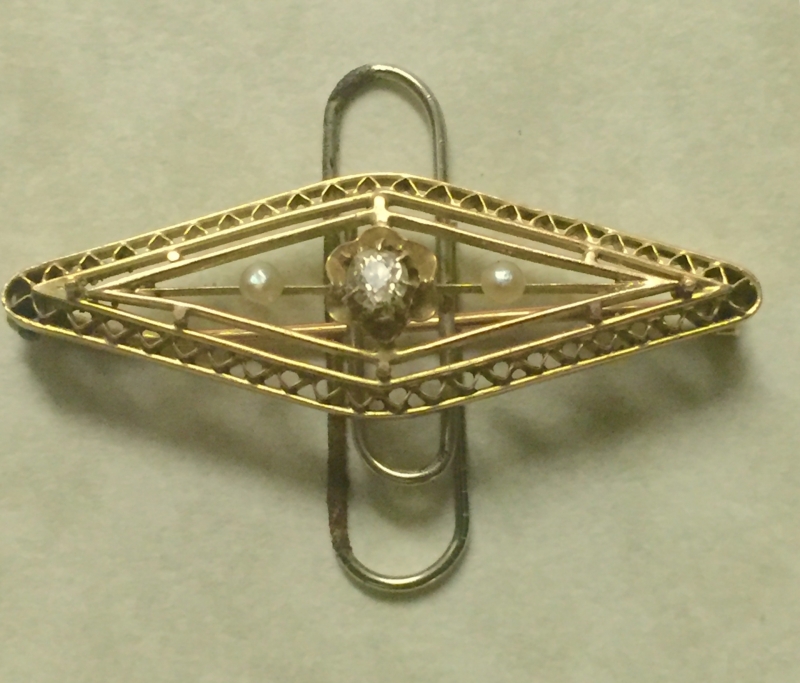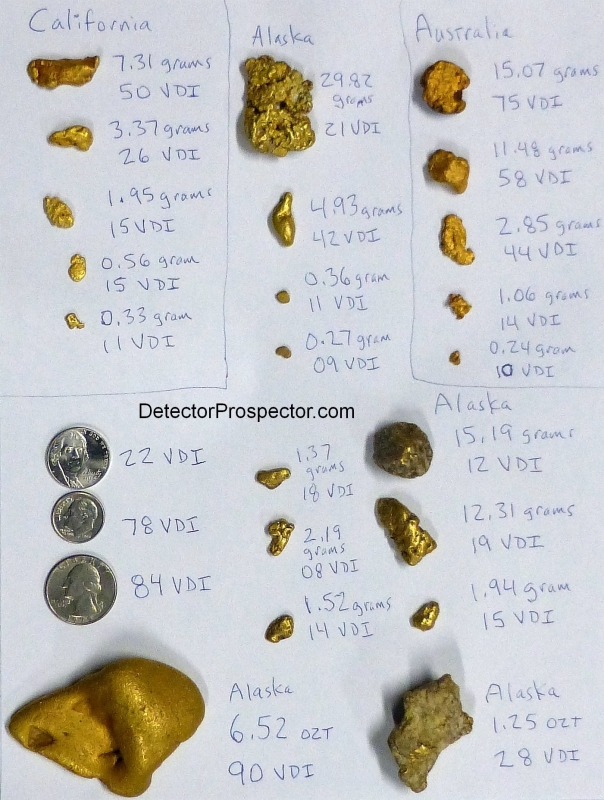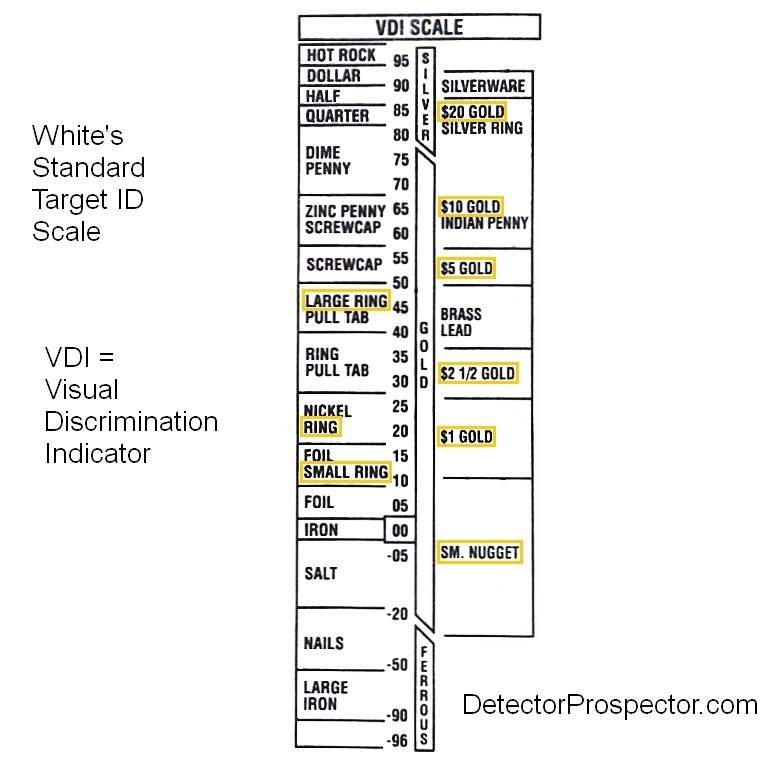Leaderboard
Popular Content
Showing content with the highest reputation on 08/27/2016 in all areas
-
I hit the same beach yesterday that I found the big mens class ring last week. The good karma must have come back to me for returning that ring to the owner as the beach gave up some nice goodies yesterday. A hat trick of gold......a 10k mens wedding band, a 10k ladies ring with three small diamonds and a beautiful 10k ladies broach/pin with a diamond and pearls. After a little research, the pin looks to be from the 1920's. And to boot, $11.66 in change. Klunker....I was looking for your initials "18k", but to no avail. I'll keep looking. Rob5 points
-
I would rather have discrimination capability and decline to use it than not have it available at all. I am not as tough as you guys that dig everything all the time!2 points
-
Good find 1515Art, sure looks like the one Jim had. I sent Jim an personal e-mail with a link to your post. Mike1 point
-
Nice work on the return. Karma to you. I have the same scoop and love it. Hoping to get a a little beach hunting in this weekend myself. HH strick1 point
-
I love seeing Robs' finds from the beach. Not that I'm into jewelry but it keeps him occupied and means more nuggets available for me up here. I am looking for the nugget Rob claims he lost. described as " a fairly large small nugget, yellow in color, very crystalline with some quarts but the nugget has been lost for a while so the quarts may be gone and the nugget might have worn smooth. Nice work Rob.1 point
-
An update.....I located the owner of the class ring. He lost it nine years ago in the surf. We met last Sunday and I happily (sort of happily, that ring had almost a 1/4 oz of gold in it!) returned it. The good karma came back to me as I hit the same beach yesterday.....see my post "A Gold Hat Trick on the Beach" Terry, I use a Stealth extreme hybrid scoop with a collapsable carbon fiber shaft and a raptor handle.1 point
-
I found an MIT ring tonight and have already located the owner! I messaged him but his tweets let me know it has to be him because his name is inside. This ring was down about 9" and I was using the 11 because I can swing it without a hip stick. I had an SE Pro for a couple of years and had no problem and also the 3030 without a harness. When I got the 17 it was just a couple of months before I got tennis elbow. Using the 17 does increase jewelry production as Rob said. The 'problem' sometimes can be that the targets are very deep. I've had to give up on several because I've had the wrong digging tool at the time. Mitchel1 point
-
A company called Omega Mill makes the best detector pouches I have seen yet. They actually make more than one model and in various colors even camo. The one I have is called the Relic elite. It is fairly large, has a loop for a probe on the side a outside, a zippered pocket and velcro pocket on the outside and inside has about 3 separate areas for finds and a fishnet type bottom so dirt can fall out. They make a slightly different one for the beach and and another one for coin that also has a loop for your digger. I know Gerry of Gerrys Detectors sells them as well as on Amazon and Ebay. Also a adjustable belt is attached with plastic buckles http://omegamill.weebly.com/store/c1/Featured_Products.html Terry1 point
-
Located the school that the class ring is from. It's The Alliance Academy in Quito, Ecuador. I made contact with the alumni association president and we're working on trying to find the person who lost it.1 point
-
Oops, I thought you meant 50 - 70 targets, not digging targets that only fall in the 50 - 70 target id range. There is no "gold range" per se. The ferrous/non-ferrous split in theory occurs at 40 but on my Gold Racer most common ferrous targets hit hard at about 21. Anything higher than that gets my interest depending on the situation. Target VDI numbers are a combination of how conductive a target is and how large it is. If the area only had small gold it is fully possible all the gold would read in the 35 - 50 range. Digging only the 50-70 range could miss all the gold but fill your pockets with lead and brass. In other locations with larger gold most of it might fall into the 50 - 70 range and if lead and brass were absent you could dig just nuggets. A detector does not know what metal is under the coil. It cannot tell gold from other non-ferrous metals. There is nothing magical about the 50 - 70 range. It just means medium largish non-ferrous metal. What the percentages work out to is fully dependent on the size and mix of targets in the ground and that varies in every location. The rule when nugget detecting is dig all targets, and at a minimum dig all non-ferrous targets. There are some tricks, like if you get into a ton of 22 shell casings you can determine the VDI number they generate and ignore just those readings. There will be nuggets that read the same as a 22 shell casing and they will be missed. However, the casings are all identical and the nuggets will all be different so odds are you can skip all the shell casings but still get some gold. Tell you what, tomorrow I will run some gold and some non-ferrous trash under my Gold Racer and post a picture to show you what I mean. Some Gold Nugget VDI Numbers1 point
-
Here is a photo with some gold nuggets from Alaska, Australia, and California that I tested recently to show how VDI (visual display indicator) numbers vary dramatically with size, shape, and purity. Metal detectors do not know what metal is being detected. The target id number is based first on the conductivity of the item and also by the size of the item. Low conductive targets have low numbers, but the larger they are the higher the numbers go. Silver is the best conductor with gold being moderately conductive by comparison. Small gold items read very low, in the foil range, but the larger the nugget, the higher the numbers will go. Oddly enough adding silver to gold causes the conductivity to drop dramatically instead of adding to it. Pure metals are far better conductors than alloys. That being the case the Alaska gold has much lower conductivity than the Aussie or California gold. I have always used a U.S. nickel as a surrogate for about a 1/4 ounce gold nugget, a flattened nugget of that weight being close to a nickel in physical size. Part of this little study is to show how close to reality or not that may be, or any test items like lead or aluminum. I do not have much in the way of “normal” metal detectors these days. The closest I have right now is a White’s DFX which reads a nickel as 22 VDI, dime 78, and quarter 84. The White's VDI range is close to being a standard, with negative numbers relating to ground minerals and ferrous items, positive number non-ferrous. The range is from -95 to +95 with non-ferrous items falling between 1 and 95. The photo shows tests I just did on a variety of gold nuggets from Alaska, Australia, and California. The Australia gold is the purest, probably around 95% or better. The California is around 90% plus. The Alaska gold is much lower purity, closer to 80 – 85% average. You can see the purity differences in the color - pure gold is a very rich gold color, less pure gold much paler in appearance. Click for larger version.... Gold nugget target id numbers A few things become immediately obvious. Larger size means higher VDI numbers. However, purity appears to be even more important. Shape, thickness, and solidity all matter – skin effects? Smooth solid masses read much higher than nuggets with pitted surfaces. All weights are in grams except a couple larger nuggets which are Troy ounces (ozt). There are 15.43 grains to a gram. 31.103 grams per Troy ounce. In general in all three locales you can say that nuggets under 2 grams are going to read in the foil range. As nugget size increases however huge disparities are obvious due to purity, with all but the largest Alaska gold reading at much lower VDI ranges, and Australia gold very high numbers. There are some odd ones that prove the situation. The Alaska 29.82 gram nugget is just under one ounce, but VDI 21, almost an exact nickel reading. This is because this nugget is probably 75% - 80% gold. You can see the color difference compared to the Australian gold next to it. It also is deeply pitted. The 4.93 gram nugget directly under it is solid and smooth and about 85% pure and so has a VDI number double what you see in the much larger nugget. The Alaska 15.19 gram is round and solid but has quartz mixed with it, maybe 80% gold in metallic portion, only 12 VDI. The 1.25 oz Alaska in lower right has a lot of quartz and metallic portion is maybe 75% gold, so only 28 VDI. But get big enough, and at 6.52 ounces, 85% gold, solid and smooth, you get a reading up in half dollar 90 VDI range. For California gold I am guessing that at about 3 grams you get a nickel reading but in Australia it might be closer to 1.5 grams, and in Alaska closer to ½ ounce. Bottom line? The nugget size to get a U.S. nickel reading is all over the map from roughly 3 grams to 15 grams but can go up to nearly an ounce for nuggets of low purity with included quartz and pitted surfaces. Saying a U.S. nickel is roughly equivalent to a 1/4 oz nugget can be true and is probably as close as you will get to some sort of average, but reality is the range of nuggets that have a VDI the same as a nickel is pretty surprising. The final zinger is that these are air tests. Ground minerals will change the numbers, typically pulling them down. The worse the ground mineralization, the lower the numbers will shift. There are a few lessons here. The first being that if you know nothing about the gold you are chasing you need to dig all targets or at a minimum all non-ferrous targets. However, if you do have a target id detector and get to know the gold in your location well, you can cherry pick with some degree of accuracy. The number one factor really is size because large nuggets are very rare. Certain areas despite wishful thinking simply do not produce large gold. If you know for a fact all the gold ever found in an area is in small gram size nuggets and even smaller, you can figure high VDI numbers are probably shell casings or some other undesired target. Further, in places like Alaska with low purity gold (not all of it - Alaska is a big place) then low VDI numbers will be the norm. The numbers speak for themselves however and you can draw whatever conclusions you want. I have to admit that while I know all this intellectually from years of detecting to see it laid out clearly in a simple photo really drives the lesson home. It took rounding up some Australia gold and California gold to really make it a good comparison. To further illustrate that gold as a rough rule boils down to "the larger the gold, the higher the target id number" here is the standard White's scale as printed on several top end metal detector control boxes. It shows where gold coins, gold rings, and gold nuggets generally fall on the White's -95 to +95 scale where negative numbers are normally ferrous. Pay extreme attention to the fact that White's says small gold can fall as low as -20 on their scale - deep into the ferrous range. At the other extreme a $20 gold coin may read as high as a silver dime or quarter. The gold range covers the majority of the metal detector target id scale. White's Electronics standard target id scale -95 to +951 point
-
The dig it all theory does point to the fact that if you dig everything you can find lots of gold. I would not disagree, but I have also dug pounds of gold while running a good discriminating VLF, digging nuggets while other guys are digging nails. It is not that we need 100% one method or 100% the other method. We need both tools available and at our disposal to use as we see fit for the given time and place. Me having a better discrimination option does not prevent me from digging everything if I have the time and patience for it.1 point









